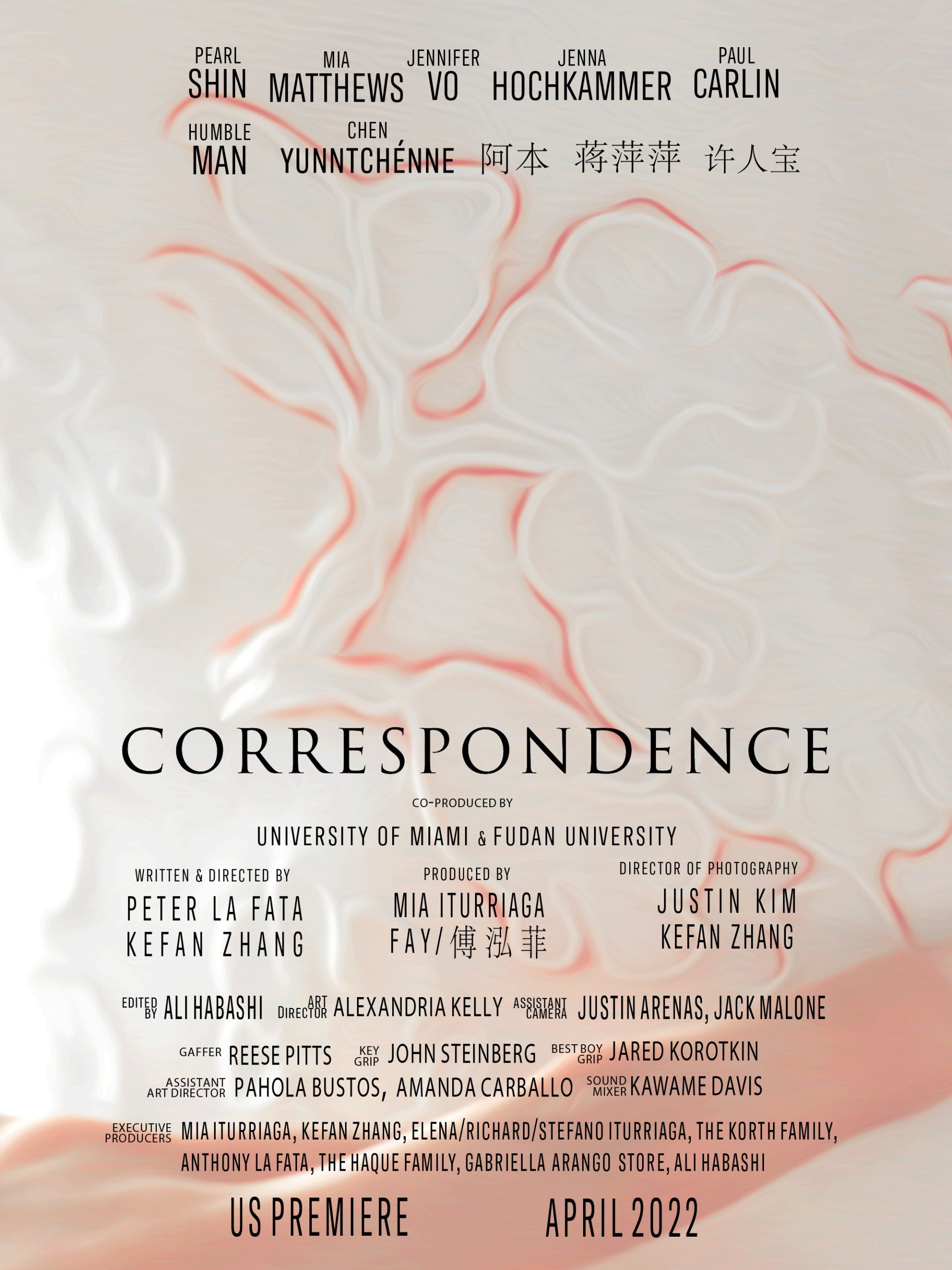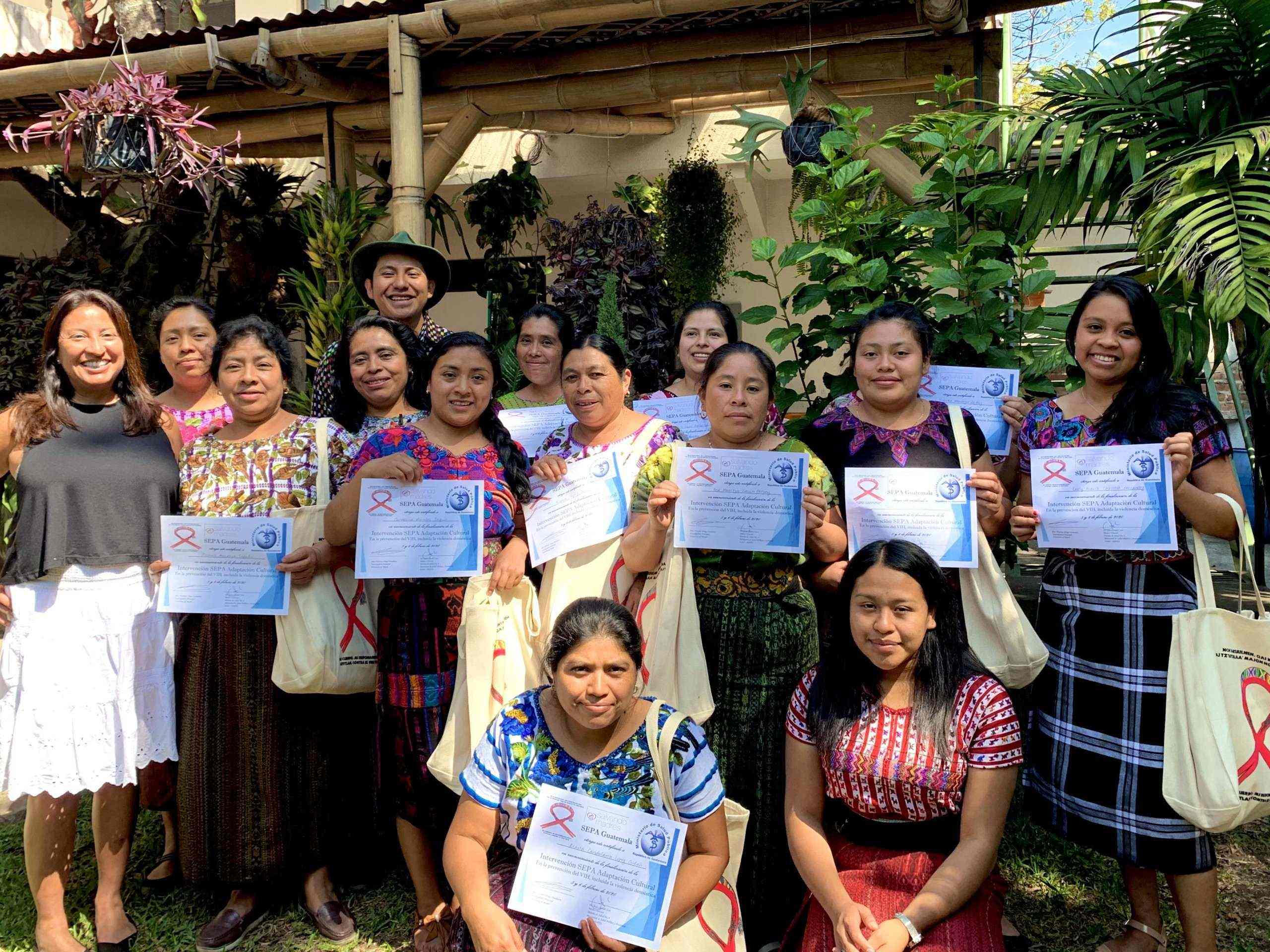Center for Communication, Culture, and Change

Our Mission
The Center for Communication, Culture, and Change (4C) focuses on promoting positive social change through communication research, practice, and evaluation. The Center serves as a valuable venue benefiting students and faculty through collaborative and compelling scholarly and creative projects that address our contemporary challenges. This focus stems from the premise that communication is a transformative practice and a powerful tool for catalyzing social change that transcends intercultural barriers and crosses global boundaries. The mission of the Center’s research and creative portfolio is to advance our collective field of communication by contributing theory-based, original, complex, socially relevant, and impactful creative activity and research.
Past Projects
Dynamic Communication of Weather Risk: A User-Centered Design Approach
UM researchers are redesigning weather forecast graphics with NOAA and NCAR to improve public understanding of risk and uncertainty.

Barbara Millet
Associate Professor of Interactive Media

Alberto Cairo
Professor of Interactive Media
Explainable Artificial Intelligence (XAI): Two Experiments from Imposed Users’ Perspective
This study explores how “explanation by example” in Explainable AI can help users recognize algorithmic bias, especially among those with prior discrimination experiences.

Ching-Hua Chuan
Assistant Professor of Interactive Media
Correspondence
“Correspondence” is a cross-cultural film co-produced by UM and Fudan University, created through virtual collaboration, showcasing cultural exchange and student innovation. It premiered in Miami and Shanghai in 2022.

Ali Habashi
Associate Professor of Professional Practice of Cinematic Arts





